People love communities.
We like being a part of them, building them, and finding new ones. It feels good to be surrounded by like-minded individuals who love and support the same things as you.
The same is true for businesses.
If a company can build a community around its services and offerings, the relationship between customer and business transforms from “I’m here to buy x and that’s it” to “I always buy from _____ because they are part of my world and provide me with something I value.” The relationship deepens-- your customers become more like old friends than faceless dollar bills.
So, how do you build a community with your business?
We’ve made a list of several businesses that are pros at creatively building groups around them. They offer something more than a transaction—it’s a culture, a place to share information, and a way to provide their customers with something that goes above and beyond.
1. New Relic’s Data Nerd Campaign
New Relic LOVES data. In fact, they’ve made it the central part of their brand, as it’s at the core of the business (they're a software analytics company). The company’s “Data Nerd” campaign offers a free t-shirt (no commitment!) to anyone who signs up through their website, provides daily blog posts with helpful and interesting content, and is extremely active on social media.

As you can see, the results are fantastic. People are actually excited to share they are part of this movement. New Relic was able to create a club around being a 'data nerd,' something its target audience totally wants to be part of. By providing extra value to the customer, offering simple, free resources (plus a cool t-shirt), and building a community around the brand, people feel a close bond with the company and are loyal supporters.
How you can do it
- Create a free giveaway item (t-shirt, bumper sticker, tote bag) that helps community members identify with each other. Make sure you target the messaging to words your audience will love.
- Put up a barrier to entry-- that t-shirt can't be theirs until they participate. The exclusivity will make people want it even more.
2. InvisionApp Brings Customers In
As a unique prototyping collaboration tool, InvisionApp provides a powerful resource to companies large and small. But as an additional free resource, their blog offers behind-the-scenes interviews with some of their more-recognizable users, including designers at Shopify, LinkedIn, and PayPal (just to name a few.)
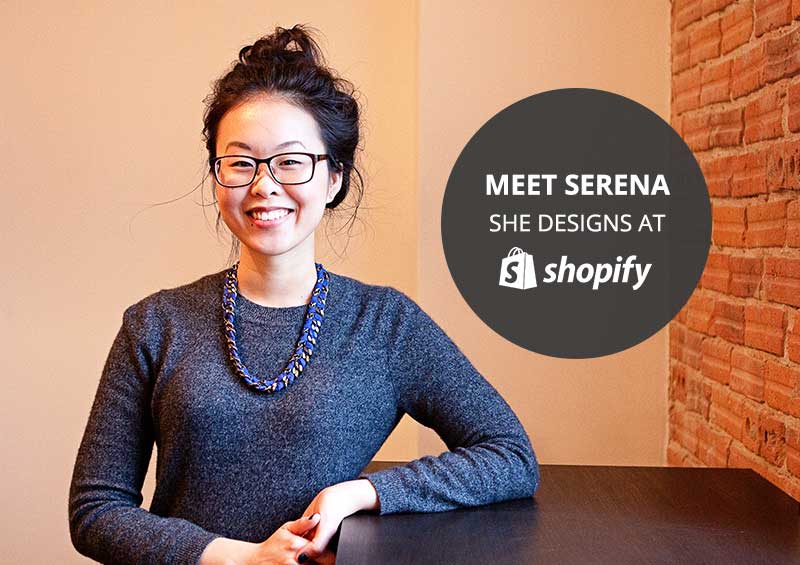
Because InvisionApp users are often designers, the audience and subject matter are relevant. These interviews offer an opportunity to get inside the minds of fellow designers at some of the most successful companies, and offer InvisionApp the chance to spotlight some of its users. Win-win!
How you can do it
- Share profiles and/or interviews that highlight your users.
- Give a behind-the-scenes perspective that only your business can offer.
3. EnMast's Business Owner Community
Functioning as an extension of Anchor Advisors, Ltd. (a small biz consulting firm in Chicago,) EnMast.com is a robust community for business owners, offering everything from blog posts featuring business tips and tricks, weekly podcasts, free e-books, and member showcases.
Even in a consulting business where giving (paid) business advice is what keeps the lights on, EnMast continually invests in providing free resources for business owners. This is what Gary Vaynerchuk would refer to as “jabs.”
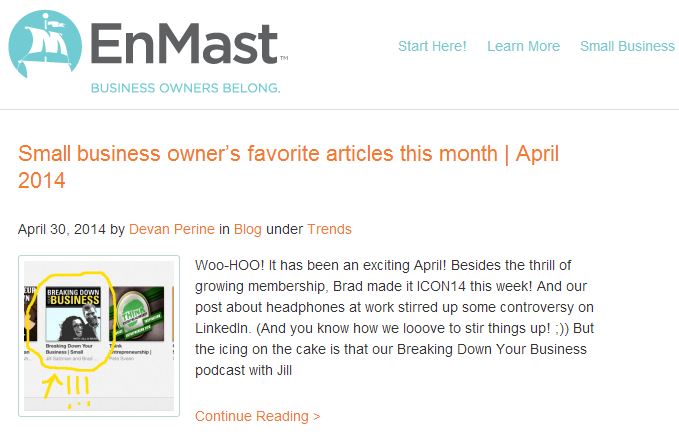
What’s the theory behind this practice? Give someone something for free, and they are more apt to be compelled to support you in return. See the pattern here?
Free information = trust + relationships.
How you can do it
- Share your industry knowledge via blog posts, podcasts, eBooks, or even when you're walking around town. Speak at events (even if it's just town meeting). Share stuff for free.
- Track relevant conversations happening via social media (Twitter is great for this) and see how you can chime in with helpful information.
4. Ruche's Panache for Pinterest
Ruche, an online clothing retailer for young women, has leveraged their social media platforms not just to increase exposure, but to truly connect with their audience. With an active Pinterest page at almost 44,000 followers, the company hosts “Pinterest Parties,” giveaways, and interacts with fashion bloggers and customers on Pinterest to better understand what their customers like and want.
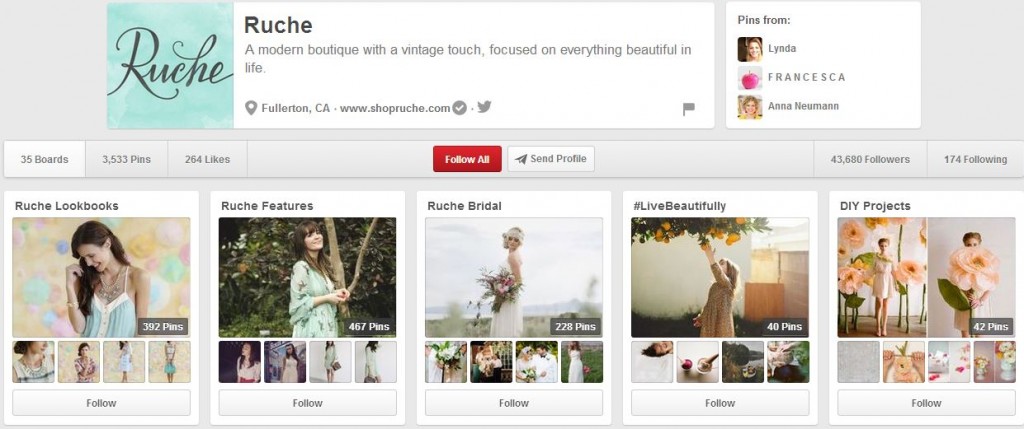
Because the boutique is online-only, having engaging social media outlets like this one is a way to build relationships with customers in a place that’s also relevant.
How you can do it
- Engage your audience on the platforms they are using.
- Take a creative approach to social media by introducing contests, asking for customer input, and tailoring your posts to their interests.
5. Clarity.fm's No BS Blog
Clarity’s business model is based on connecting a community of business resources with people who need sound business advice. And honestly, when you’re starting a new business, one of the best things you can do is pick the brain of someone who’s done it before.
That’s exactly what Clarity’s blog aims to provide—answers to the tough questions business owners need to ask before they jump in with both feet. It’s not all success stories, either—they don’t leave out the ugly parts. The best part: All of this valuable information is (again) provided for free.
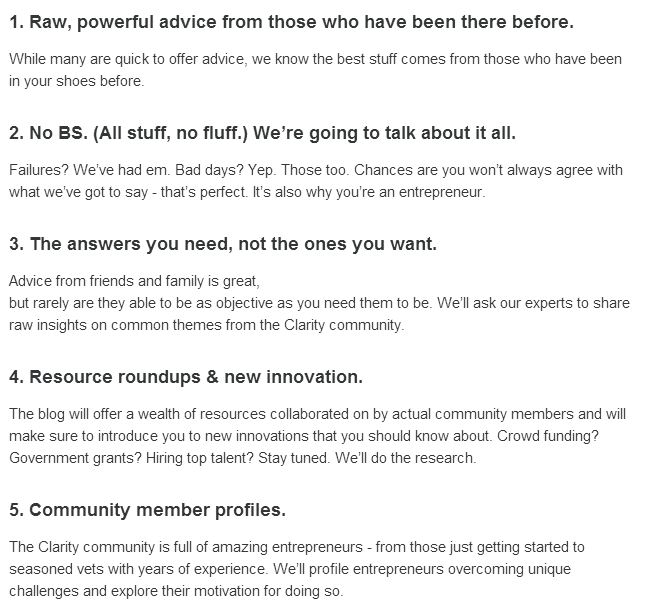
Even while these blog posts provide great insights, they’re not providing so much information that the business then has nothing to offer its paying clients. Word to the wise: Offer little nuggets of great information, but don’t give away everything for free.
How you can do it
- Do some research to figure out what your customers' biggest pain points are. Then find a place on your website to answer your audience's toughest questions.
- Showcase your existing users and customers to encourage others to join in.
6. Sweetgreen's Passport to Fitness
Sweetgreen isn't a small business in itself, but business owners can learn a lesson (or two) from how they've leveraged partnerships to build community.
The franchises sell salad, but they've upped their game by partnering with local fi tness instructors and studios in the locations they serve. Anyone in the community can sign up for Sweetgreen's #sgpassport and get access to free classes in their city.
Not only does this put Sweetgreen on the map, it reaches their target audience with precision. The same people who gush over salads gush over fitness, so it's a natural fit that builds community. People know about Sweetgreen through the free classes, and the studios get more exposure thanks to the program.
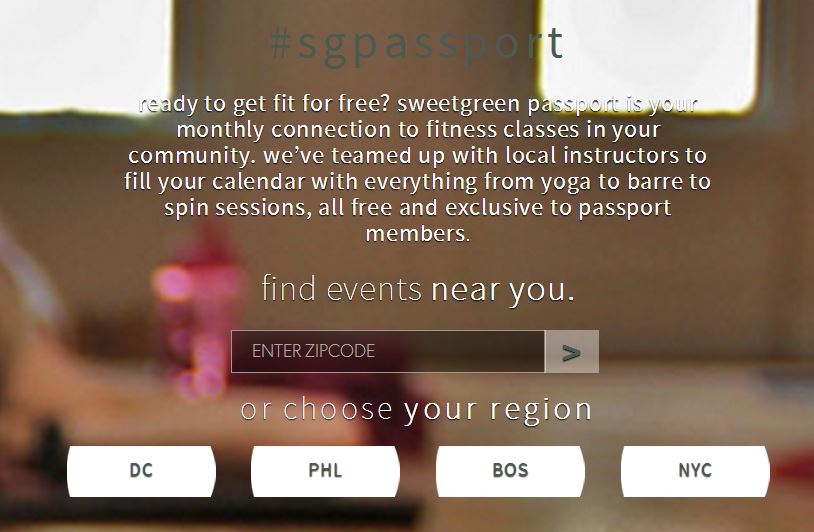
The company also gets fodder for their social media accounts-- they've got their community tagging them on Instagram thanks to the passport events.

How you can do it
- Partner with another business that caters to the same audience as you do.
- Launch a program that benefits both you AND your partner. If they're more established than you, figure out a way you can pick up the slack.
7. Plum Consignment's Facebook Fans
If you think a Facebook page can't work wonders for your business, then you need to see Plum Consignment's page.
How do you get a bunch of shoppers to join together around a store? The consignment shop in Beverly, Massachusetts posts photos of various one-of-a-kind items that are for sale in the shop. Customers actively comment and discuss pieces of clothing, and the whole group rallies around the shop.
Even though having a website is important, it might be easier to cultivate community on Facebook. You just have to make sure you're posting stuff that people want to see (even if that means figuring out a creative way to include puppy photos!).
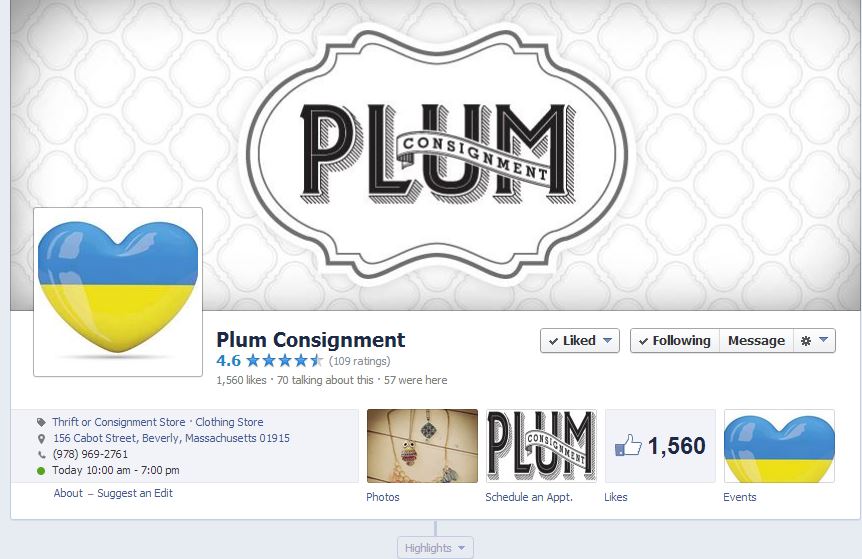
How you can do it
- Get on Facebook. Go in with the intent of generating discussion rather than promoting yourself.
- Post helpful content (not just links to your website), community events, and discussions. Even real estate agents and therapists are successful on Facebook with the right strategies.
8. Tractor Supply Co's 'Know How Central'
As Tractor Supply Co operates brick-and-mortar tractor supply stores around the country, their offerings are vastly different than the other online retailers/service providers.. But, in the same vein, they wanted to help grow the community around their business.
So, the area on their website called “Know How Central” offers tips, DIY information, and guides to their customers. Basically, it’s a place to find all of the in-store employee knowledge in a convenient, online place. This effort, paired with their active social media, helps store-goers feel connected even when they’ve left the physical store.
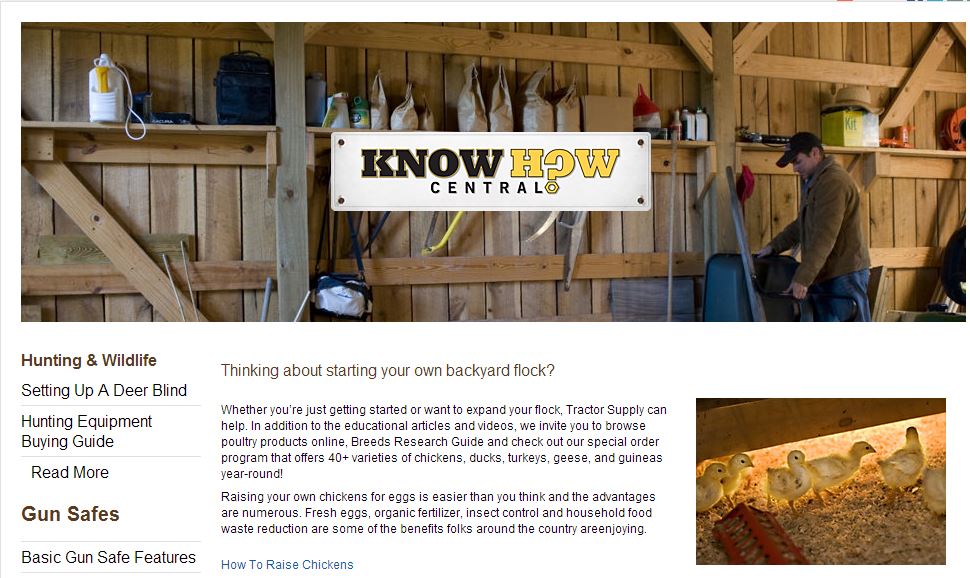
How you can do it
- Engage your audience on the platforms they are using
- Take a creative approach to social media by introducing contests, asking for customer input, and tailoring your products to their interests
9. WISTIA's Community Forum
WISTIA's product is a video marketing platform for businesses, but how the heck do businesses do video!?
Not only does the company provide helpful tips and tricks in their 'Learning Center,' but they recently launched a forum called 'WISTIA Community.' Here, entrepreneurs, small business owners, marketers, video producers, and others can ask for help, learn from each other, and share their findings.
The result is an engaged community who rallies around WISTIA.
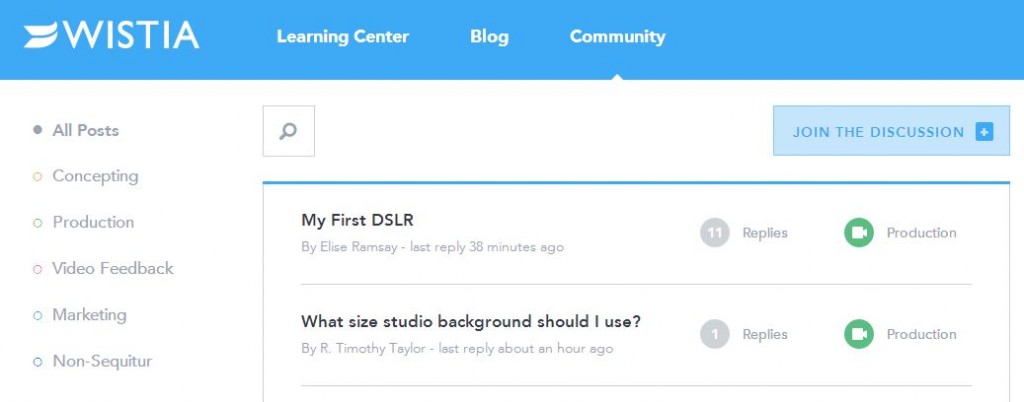
How you can do it
- If you're an online business, set up a forum, Google group, or knowledgebase where users can help each other.
- If you're offline, think of how you can connect customers with the right people. If one of your clients is a dentist, and another client wants their teeth cleaned...well, you know who to recommend.
What Can We Learn From These Creative Community-Builders?
- Send out a free (something) to help identify your community members
- Provide free information to build trust and relationships with your audience
- Connect with the audience on relevant platforms
- Showcase your users while sharing their unique perspectives
- Offer something valuable, but don’t give away your trade secrets
Your Turn: What unique ways do you build a community around your business?


